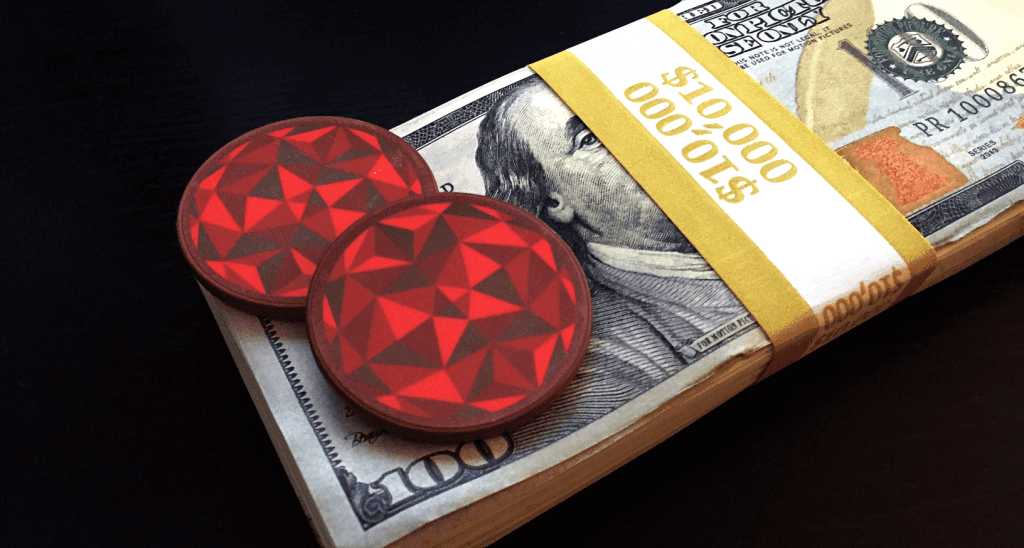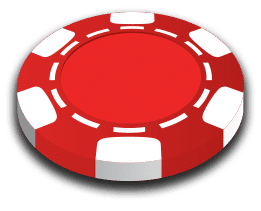Coach James “SplitSuit” Sweeney explored the concept of SMART goals (Specific, Measurable, Attainable, Relevant, Time-Boxed) as applied to poker in Episode #11 of the Red Chip Poker Podcast.
We’ve talked about planning for poker success in articles before, but this article is going to give you some formulas you can use right now to set and reach your poker goals.
We’ll also break down what some bad goals are, and why you should steer clear of them.
Get a Better ROI from Poker Study
“I will study [X] hrs per [DAY/WEEK] with tool/method [Y].”
“I will study [X] hrs per [DAY/WEEK] with tool/method [Y].”
We dedicated an entire podcast to studying poker more efficiently, certainly worth a listen. We’d also recommend our podcast on learning poker on a budget if your bankroll is tight.
A big part of getting better at poker is having the right study materials. We are obviously biased to thinking poker videos are the fastest way to poker success. When you watch videos, make sure you’re taking notes and paying close attention. Check out our guide on how to get the most out of poker video study.
In order to measure your ROI as in the formula, make a note of every poker study item you spend money on, and calculate what your study time is worth. Log your time and money spent studying, and then set a date in the future to return to your log. Analyze which study tools and methods directly resulted in your profit. There’s no need to be too precise with this — it should be fairly obvious which concepts won you the buy ins. Few study materials are going to cost more than a single buy in, so if you’ve stacked even just one player, chances are your ROI on that study material is already looking pretty good.
Play More Poker
“I will play X hrs of poker between [DATE] & [DATE].”
We know that making more time for poker is not as simple as writing down a specific goal. But this one’s flexible — even if you pledge to play just one more hour more than you did last month, that’s progress.
If you’re looking for ideas on how to actually carve out extra time, we wrote a whole article on making more time for poker. It’s not easy, but if you work in small increments and get creative with your time, it is possible.
If you find yourself slipping, set other goals, like “Schedule poker sessions in advance and stick to schedule no matter what.”
Tilt Less
“I will record [X] big losses ($[Y] or more) due to tilt between [DATE] and [DATE].”
“I will record [X] big losses ($[Y] or more) due to tilt between [DATE] and [DATE].”
We recommend starting by setting [X] to 0, [Y] to half a buyin, and your [DATE] range to a single session to start. You can increase your variables as you get better at controlling your tilt, and before you know it, it will be almost completely gone — but not without vigilance.
We’ve gone into depth on facing tilt before, and have a wealth of videos on the mental game in our archives. The key thing to remember is you need to catch tilt before it costs you money. Be vigilant about recognizing when tilt is affecting your stack, and immediately take some sort of break to compose yourself. If you can’t, leave the table. Eventually, you’ll be able to insta-shake off even the baddest of beats and move calmly to the next hand.
These are just a few examples of SMART poker goal formulas you can use to realize visible improvements in your game.

Bad Goals
Not all SMART goals are created equal. Here are some not-so-great goals, with an explanation of why, and a suggestion of a better alternative:
Increase Profit
Increasing profit is a no-brainer — that’s what everyone’s trying to do in poker. Or are they? Truth be told, many unstudied and fishy-type players are just trying to win the game. So having a goal of increasing profit is not the worst thing in the world. But there are two problems. One, it lacks specificity. Increasing profit is great, but how exactly are you going to do it? “Specific” is the “S” in “SMART goals”, so you’re going to need to be specific about where this new money is coming from.
Better Alternative: Something like “Make one extra lite 3-bet vs. nits” is a fantastically specific goal for increasing your profit. Start small and you’ll notice all your tiny goals adding up to bigger stacks.
Increase Win Rate
At first this might seem like the best goal of all. Win rate is fairly easy to measure with proper session tracking. But here’s why win rate isn’t a great goal: Volume, especially for live players, makes it so that win rate is a stat that takes a very long time to develop. Variance will wreak havoc on any win rate measured in the short-term, and the time box for arriving at an accurate win rate can be months or even years, depending on how much you play.
Better Alternative: The real goal should be “make better decisions” or “make fewer big blunders during a session”, since those are goals under your control. These types of goals require diligent off-table hand analysis to make sure your big decisions are correct.
Increase Hands Played per Hour
If you’re on the nittier side and want to loosen up your game, making a goal of playing more hands per hour is attractive. But it’s not the right way of thinking about the necessary step of opening up your range in certain spots. Simply playing more hands will not earn a profit, it’s about exploiting players and situations more than it is about increasing your hand frequency.
Better Alternative: Our first podcast had lots of advice on how to play a looser style, but it boils down to total table awareness: position, player types, stack sizes, bet sizes, etc. Being a diligent collector of table data will allow you to see places where extra hands can be limped and raised pre-flop. In fact, a better goal might just be to collect data, as in “Each time I’m in the big blind, make a mental note of each player’s type and stack size.”

